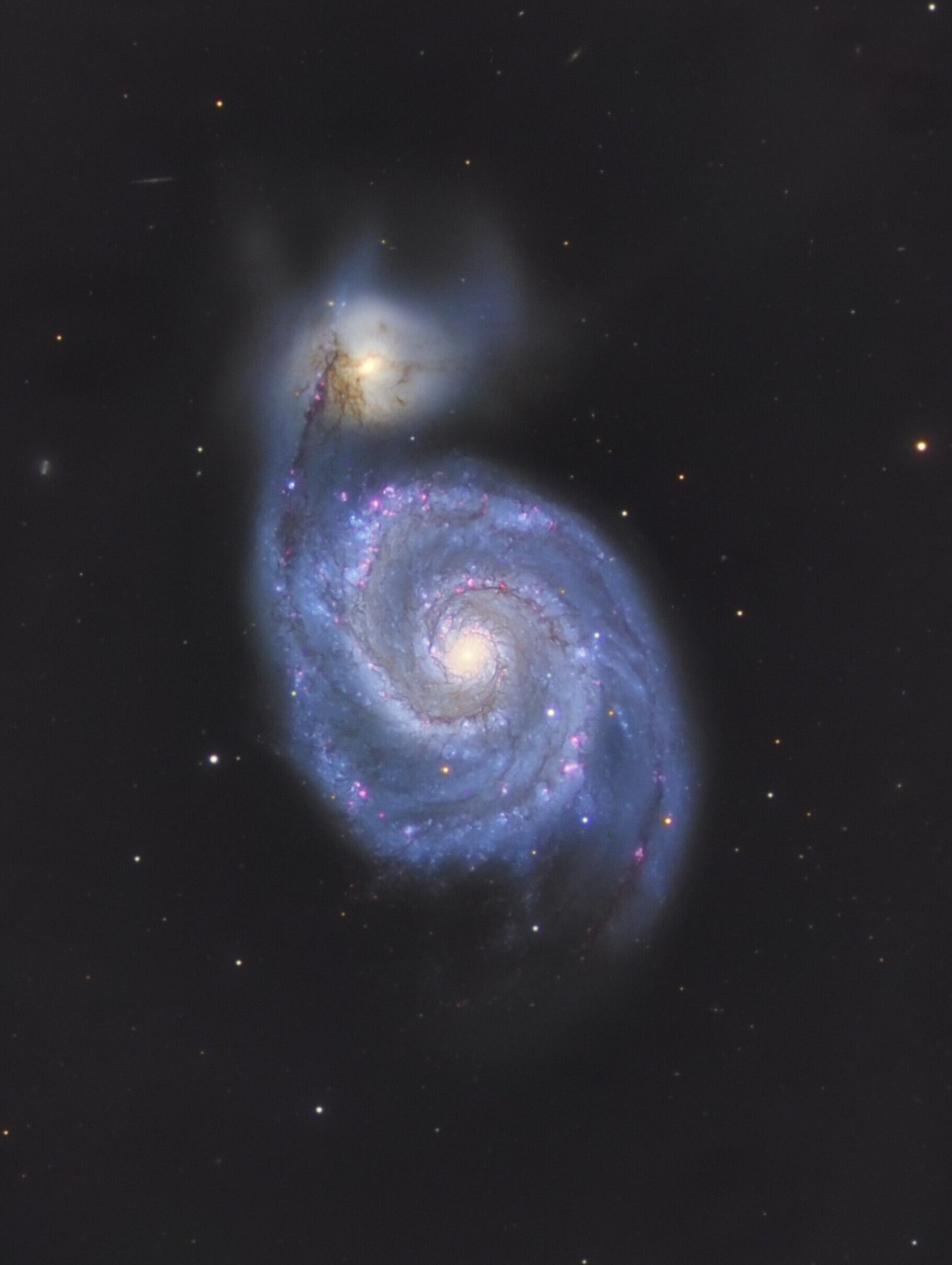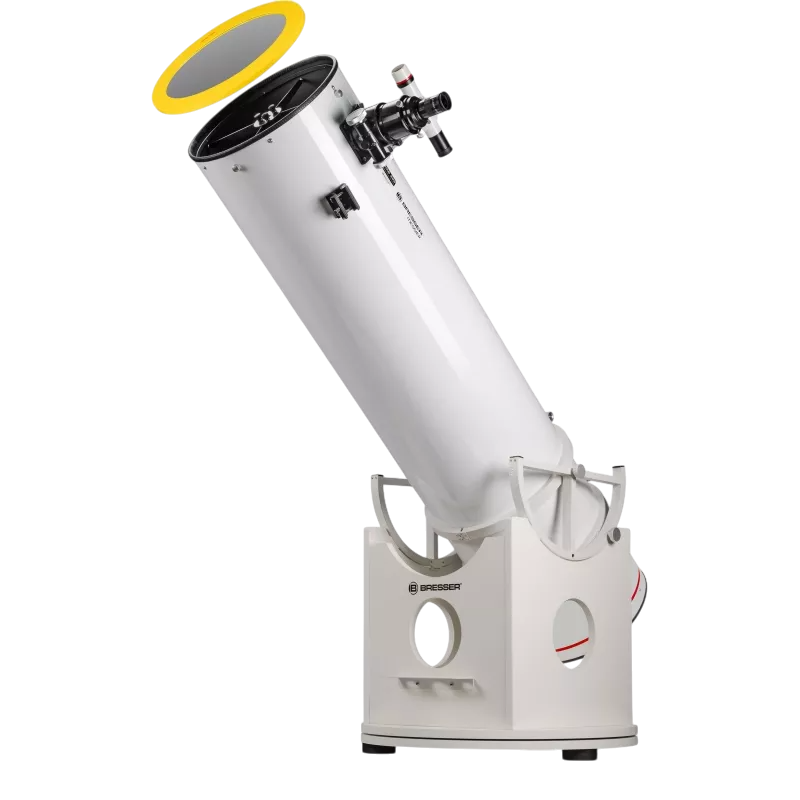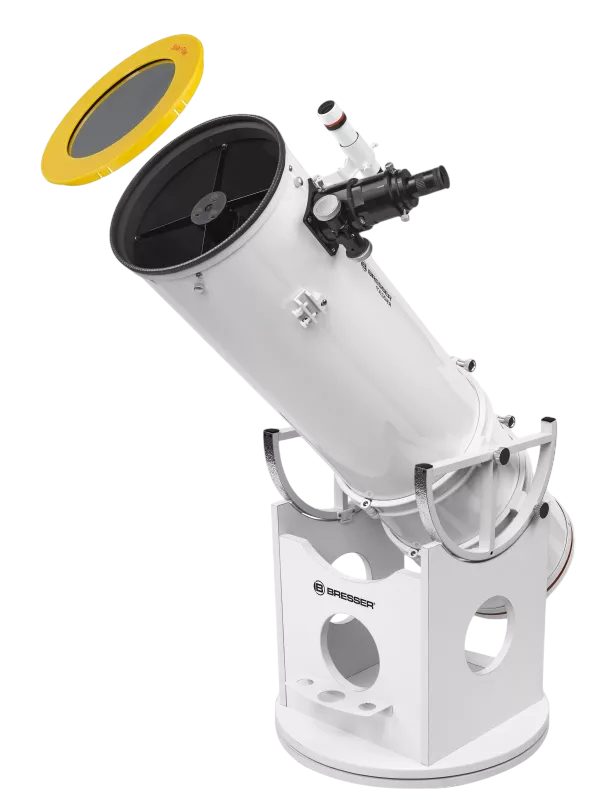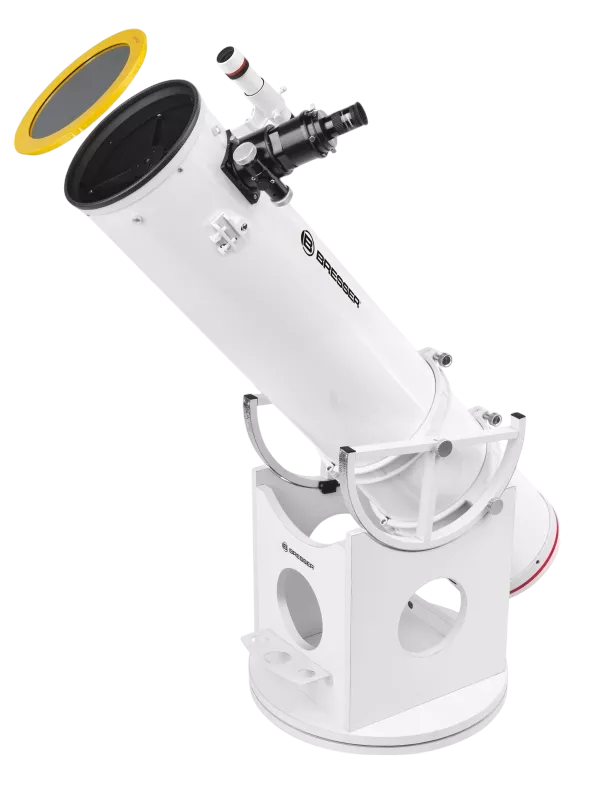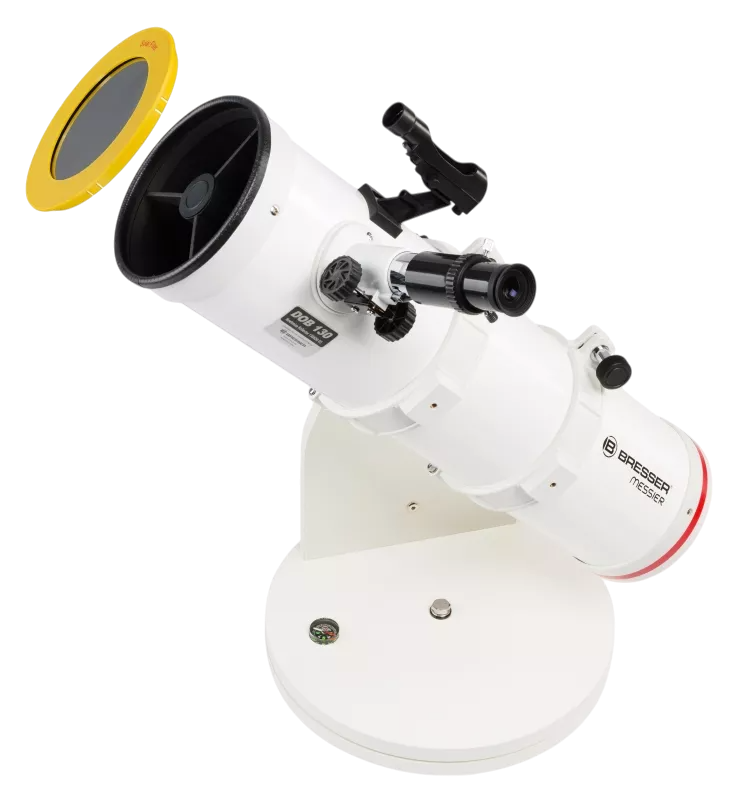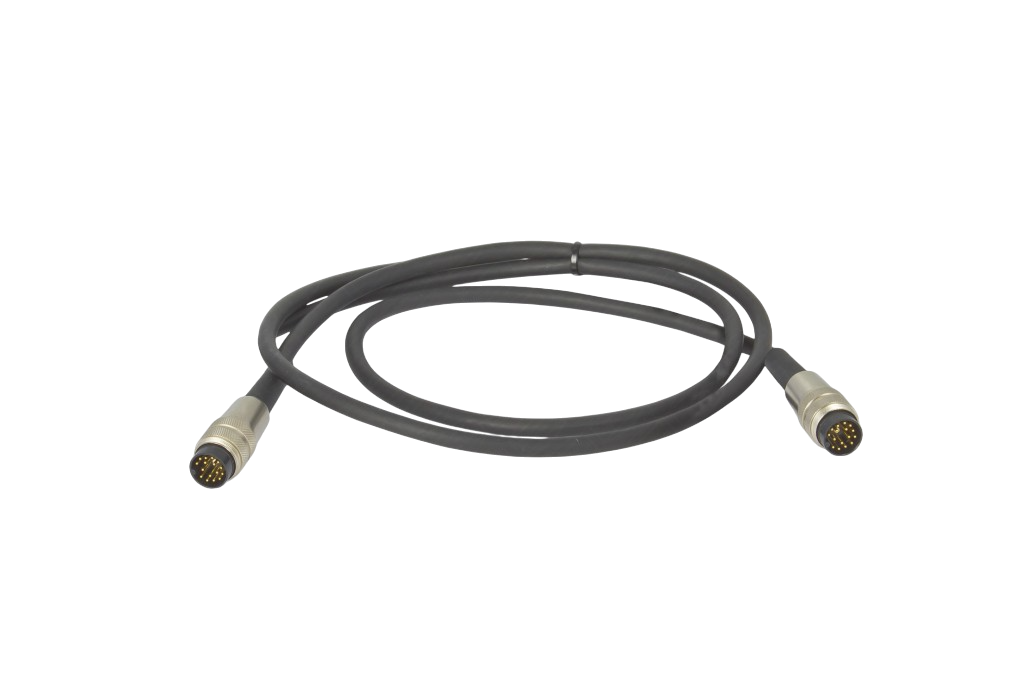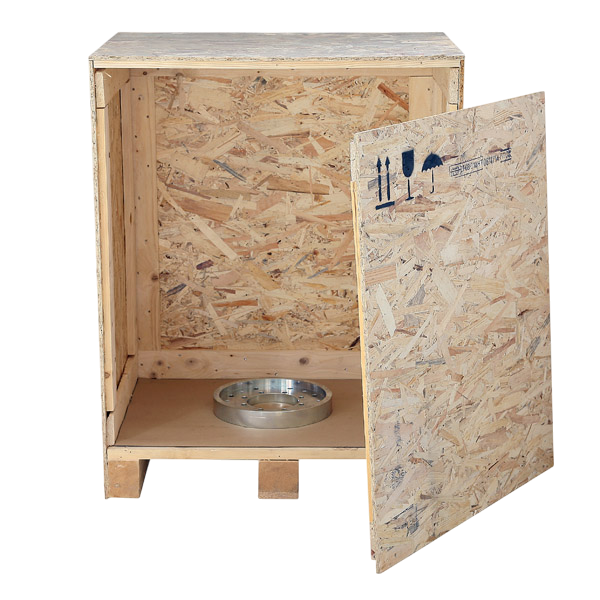Introduction
This course is aimed at all those interested in astronomy, whether beginners or enlightened amateurs. The aim is to provide a solid foundation for understanding, analyzing, observing and photographing the wonders of the sky. The common thread running through the course is the discovery and exploration of everything an amateur astronomer can observe or capture from Earth with a telescope.
Who is this course for?
- For absolute beginners who don't know where to start.
- For anyone interested in astronomy and want to start understanding and eventually buying a telescope.
- For anyone wavering between observation and astrophotography.
- For people who already own a telescope and are a little at a loss as to how to use it properly.
- For those who are already well-versed who want to go a little deeper into the basics and get an update on the best of what's out there right now.
The journey begins: The Solar System
Our journey begins in the solar system, with a focus - first and foremost - on our natural satellite (the Moon). Next, we'll explore the planets, especially those that visibly adorn our night sky. We'll introduce the easily observable planets, including Mars, Jupiter and Saturn. Before leaving our solar system, we'll take a look at the Sun and comets.
From the Earth to the galaxies
After this overview, which will have given us the keys to understanding what surrounds us directly, we'll take a step back to look at galaxies (origins, formation, dynamics), nebulae (planetary, diffuse, dark or reflective). Of course, we won't forget globular and open clusters, as well as quasars, pulsars and black holes. All this with a view to understanding and apprehending what we, as amateur astronomers, are led to observe and/or photograph.
Understanding distances and dimensions
This journey, to be understood in a fundamental way, will require a good understanding of the distances and dimensions we're talking about. That's why we'll be spending some time getting to grips with what a light-year or a parsec is, and visualizing, for example, the size of a solar flare or the distance separating us from the galaxies we'll be learning to photograph.
From theory to practice
Of course, here I'm talking about the theory of astronomy, but we're here to practice astronomy! And that's what we're going to do. After understanding and studying the Moon, planets, Sun, galaxies, nebulae and globular clusters, we're going to learn how to observe and photograph them.
Astronomy and equipment
Let's start by talking about equipment. When it comes to astronomy, you have to choose sides (in fact, you can be on all sides if your wallet can keep up!). The first camp is whether you want to observe or photograph. So we'll start by talking about observation, the equipment you'll need, the different instruments out there, and the pros and cons of each. Once we've got our bearings, we'll learn how to orientate ourselves in the sky with a map and a compass.
Astrophotography
Then we'll tackle astrophotography: the equipment needed, the requirements and the different techniques. A vast subject, but a very interesting one. Finally, we'll learn the practical basics of astrophotography: setting up, focusing, pointing, autoguiding and, of course, processing.
How it works: processing an astrophotograph
I'll be showing you live a complete astrophotography treatment. This will be a way for you to "desacralize" this step. You will then be given the opportunity to process the photo yourself, following a plan that will guide you. You'll see, it's not that difficult, and I'm convinced you'll be pleasantly surprised.
Closing the course
At the end of the course, there will be a question-and-answer session built up over the course. We'll take stock, and you'll leave with :
- A PDF of the complete course.
- The raw files + DOF of a 500 mm telescope for practice.
- A CHF 100 voucher towards your next DSA purchase (instrument, mount or camera).
- A small competition for course participants, with the prize of a night's immersion under the stars for a "night walk".

